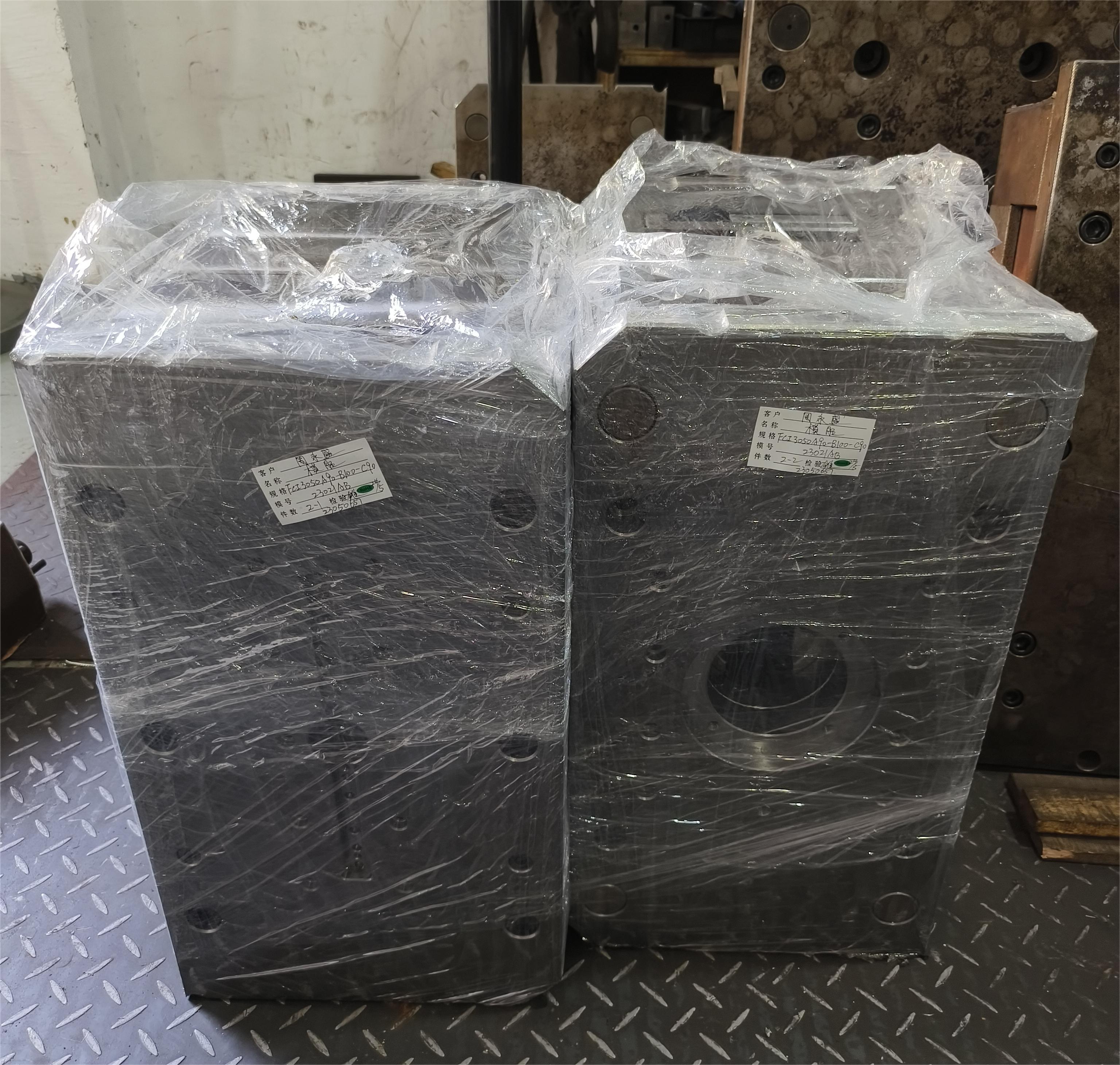As the manufacturing sector evolves, selecting the right materials becomes crucial for productivity and sustainability. One such material gaining attention is mold steel. In Indonesia, where the manufacturing industry is pivotal to the economy, understanding the advantages of mold steel can lead to better production practices and stronger results.
What is Mold Steel?
Mold steel is a specialized type of steel designed specifically for use in molds and dies. It has high hardness, excellent wear resistance, and the ability to withstand high-temperature conditions. These characteristics make mold steel ideal for manufacturing a variety of products, from automotive components to household items.
Advantages of Mold Steel in Manufacturing
The use of mold steel offers several benefits in the manufacturing process:
- Durability: Mold steel is designed to last, reducing the frequency of replacements and repairs.
- Cost-Effectiveness: Although the initial investment may be higher, mold steel pays off in the long run due to lower maintenance costs.
- Improved Precision: Enhanced machining capabilities lead to remarkably precise components.
- Versatility: Mold steel can be used in various applications across multiple industries.
Types of Mold Steel
Different types of mold steels exist, each suited for specific applications. The most common types include:
| Type | Properties | Applications |
|---|---|---|
| H13 Steel | High toughness and thermal fatigue resistance | Die-casting, extrusion dies |
| P20 Steel | Good machinability and mirror finish | Injection molds |
| S7 Steel | Shock resistance and toughness | Heavy-duty tools and dies |
Mold Steel vs. Other Materials
When comparing mold steel to other materials, it's essential to consider several factors:
- Performance: Mold steel demonstrates superior performance due to its specific metallurgical properties.
- Lifecycle: Mold steel tends to have a longer lifecycle compared to standard steel or plastics.
- Maintenance: Mold steel requires less frequent intervention, which decreases downtime in production.
Local Availability and Cost in Indonesia
Indonesia has begun to see a growing market for mold steel, particularly as manufacturing grows in the region. Understanding local sources and costs can further enhance decision-making in selecting the right materials.
Factors Affecting Cost:
- Sourcing: Sourcing mold steel locally can reduce costs associated with importation.
- Volume: Purchasing in larger volumes often results in discounted rates.
- Market Demand: Fluctuations in market demand can affect pricing.
Applications of Mold Steel in Various Industries
Mold steel is employed across diverse sectors, each benefiting uniquely from its properties:
- Automotive: Used in the production of molds for car parts and assemblies.
- Consumer Goods: Essential for creating molds for durable household products.
- Electronics: Helps in producing precise components used in various devices.
- Medical Devices: Ensures high-quality standards are met for safety and efficacy.
Challenges in Using Mold Steel
While mold steel offers numerous benefits, certain challenges must be considered when integrating it into manufacturing processes:
- Initial Costs: Higher upfront costs can be a barrier for small manufacturers.
- Machining Difficulty: Certain grades require specialized tools and techniques for effective machining.
- Heat Treatments: Proper heat treatment is crucial and can complicate the manufacturing process.
Conclusion
Mold steel is a powerful material in the manufacturing landscape of Indonesia. Its durability, cost-effectiveness, and versatility make it a prime candidate for modern industrial applications. Despite some challenges, investing in mold steel can lead to substantial long-term benefits for manufacturers committed to maintaining high standards of quality and efficiency. By understanding the benefits and challenges associated with mold steel, industry leaders in Indonesia can make informed decisions that will drive their production capabilities to new heights.

